Windows 11 finally overtakes Windows 10 in popularity – but what’s driving this surge?
It’s been a long time coming, but Windows 11 is finally Microsoft’s most popular operating system

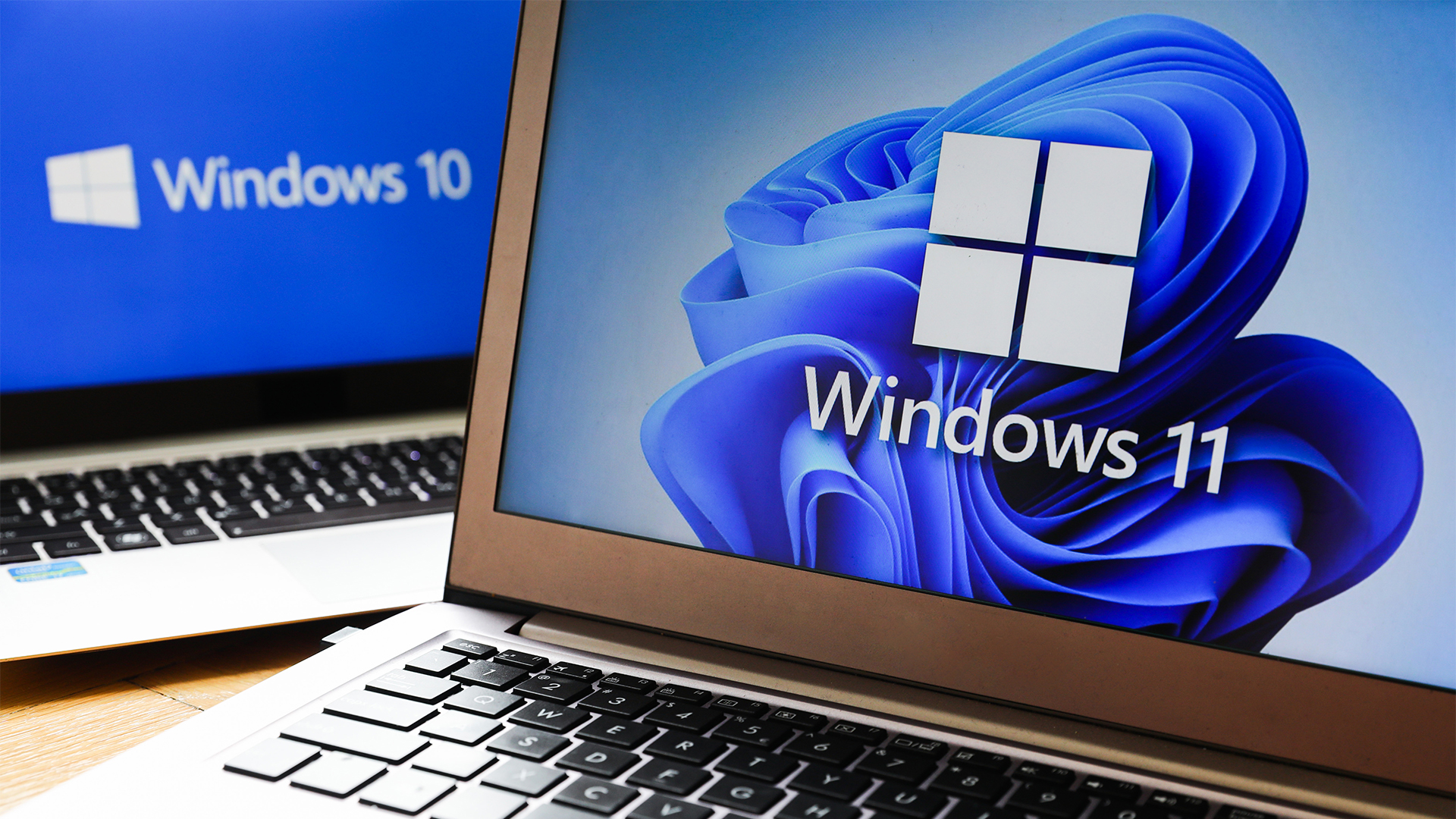
Windows 11 has officially overtaken Windows 10 as Microsoft’s most popular operating system, nearly four years after its official release.
According to figures from Statcounter over the weekend, the operating system is now running on 51.77% of all Windows PCs, edging out its predecessor at 45.02%.
This marks a major milestone for the flagship operating system. When it launched in October 2021, user uptake was underwhelming to say the least. By the end of its first year, it had only recorded around 10% of all installations on Windows PCs.
Windows 11’s market share has been climbing in recent years, but not quite to the extent that the tech giant might have hoped. In 2023, for example, it had captured around 28% of all installations on Windows PCs, while 2024 saw that rise to 36%.
This progress was overshadowed by the continued popularity of Microsoft’s previous operating system, Windows 10.
Analysis from ControlUp last year showed that both businesses and consumers alike were lagging on Windows 11 migration, with over 82% of business devices still not running the operating system.
Windows 11 uptake comes at a critical time
The growing popularity of Windows 11 comes ahead of a critical period for users and enterprises globally. From 14th October this year, Windows 10 will reach its ‘end of life’ date, meaning the operating system will no longer receive security updates.
Sign up today and you will receive a free copy of our Future Focus 2025 report - the leading guidance on AI, cybersecurity and other IT challenges as per 700+ senior executives
There are exemptions here, however. Microsoft will offer extended service updates (ESU) past the October deadline, but pricing has been a contentious topic.
Microsoft has been keen to emphasize the importance of switching to the new operating system ahead of this deadline, as it could leave users open to an array of potential security risks.
Cybersecurity experts also agree on the possibility of security issues. Speaking to ITPro earlier this year, Steve Prescott-Jones, UBDS Digital managed services director, said enterprises still working with Windows 10 past the deadline risk exposing themselves to malware, ransomware, and a variety of threats.
“Without these updates, businesses may also face operational inefficiencies and compliance challenges that could disrupt day-to-day activities,” he added.
But switching over isn’t quite as simple as it may seem. There are hardware compatibility considerations at play while many enterprises still have lingering concerns about botched migrations.
ControlUp’s analysis last year specifically highlighted this as a key factor behind sluggish enterprise uptake alongside device refresh considerations.
Looking for advice on how to make the switch to Windows 11? ITPro has you covered in our comprehensive migration guide.
Make sure to follow ITPro on Google News to keep tabs on all our latest news, analysis, and reviews.
MORE FROM ITPRO
- All the most common Windows 11 problems (and how to fix them)
- Confused about Windows 11 requirements? Here's what you need to know
- All of the most exciting features in Windows 11 (and how to use them)

Ross Kelly is ITPro's News & Analysis Editor, responsible for leading the brand's news output and in-depth reporting on the latest stories from across the business technology landscape. Ross was previously a Staff Writer, during which time he developed a keen interest in cyber security, business leadership, and emerging technologies.
He graduated from Edinburgh Napier University in 2016 with a BA (Hons) in Journalism, and joined ITPro in 2022 after four years working in technology conference research.
For news pitches, you can contact Ross at ross.kelly@futurenet.com, or on Twitter and LinkedIn.
-
 Cyber crime group falls for honeypot, crows about it on Telegram
Cyber crime group falls for honeypot, crows about it on TelegramNews Scattered LAPSUS$ Hunters thought it had access to vast amounts of Resecurity's internal data, but the whole thing was just a set-up
-
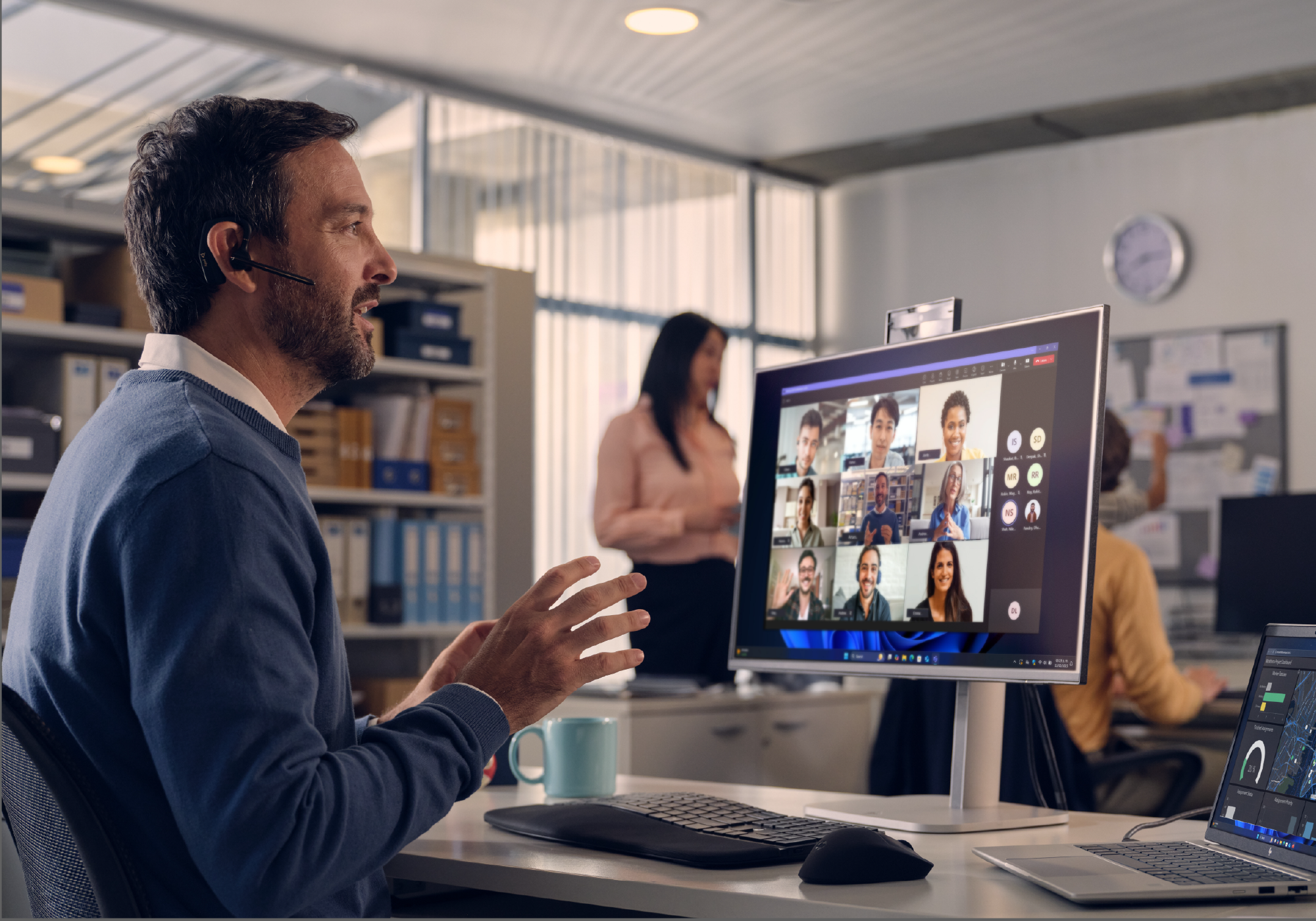 Beyond firefighting: How IT can tackle hybrid work friction and prove business value
Beyond firefighting: How IT can tackle hybrid work friction and prove business valueSponsored IT must reduce hybrid work friction and prove tech’s value to business
-
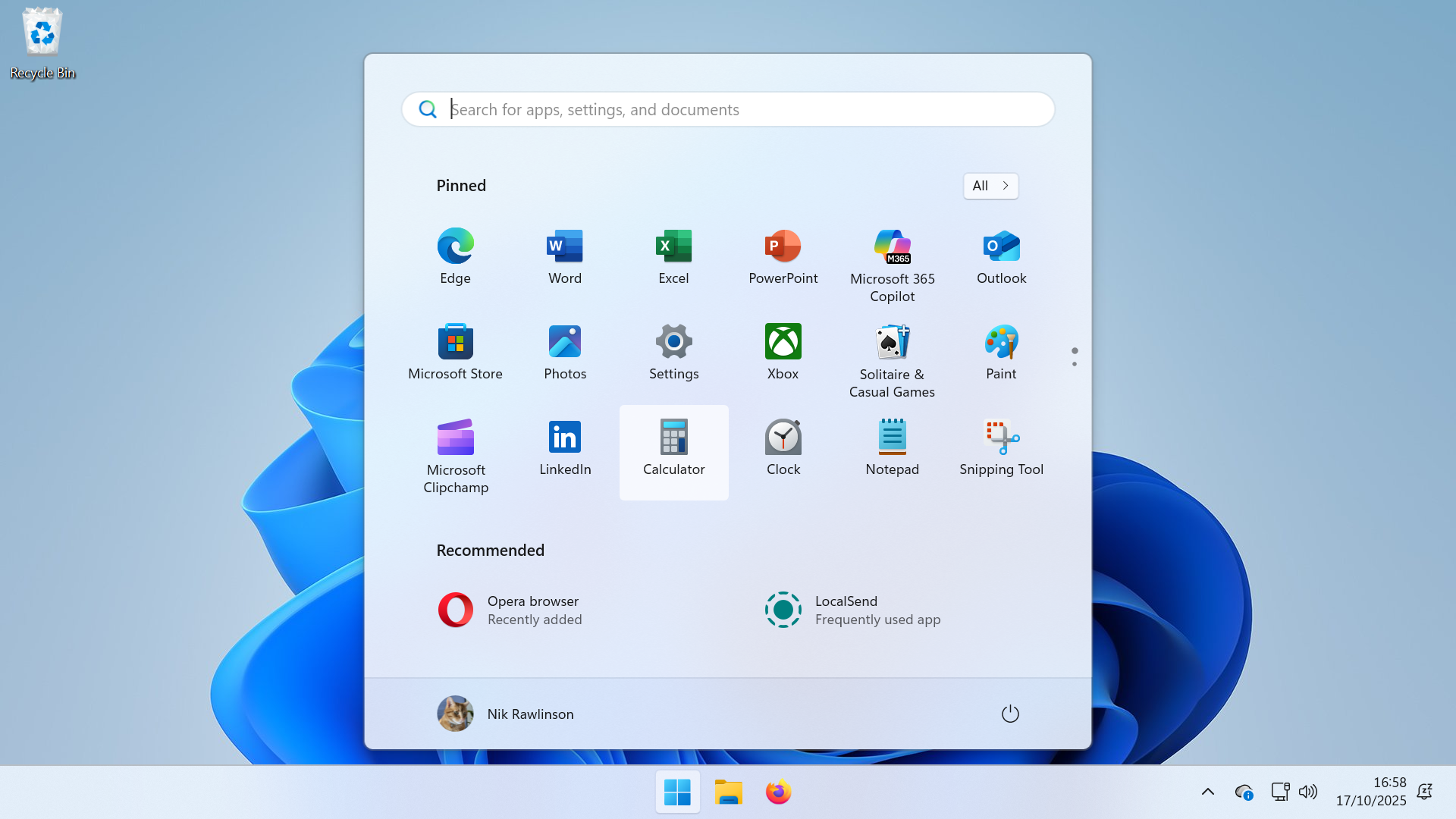 Windows 10 end of life has passed – here's your business guide to Windows 11
Windows 10 end of life has passed – here's your business guide to Windows 11In-depth As Windows 10's mainstream support ends, it's time for businesses who have yet to upgrade to take a second look at Windows 11
-
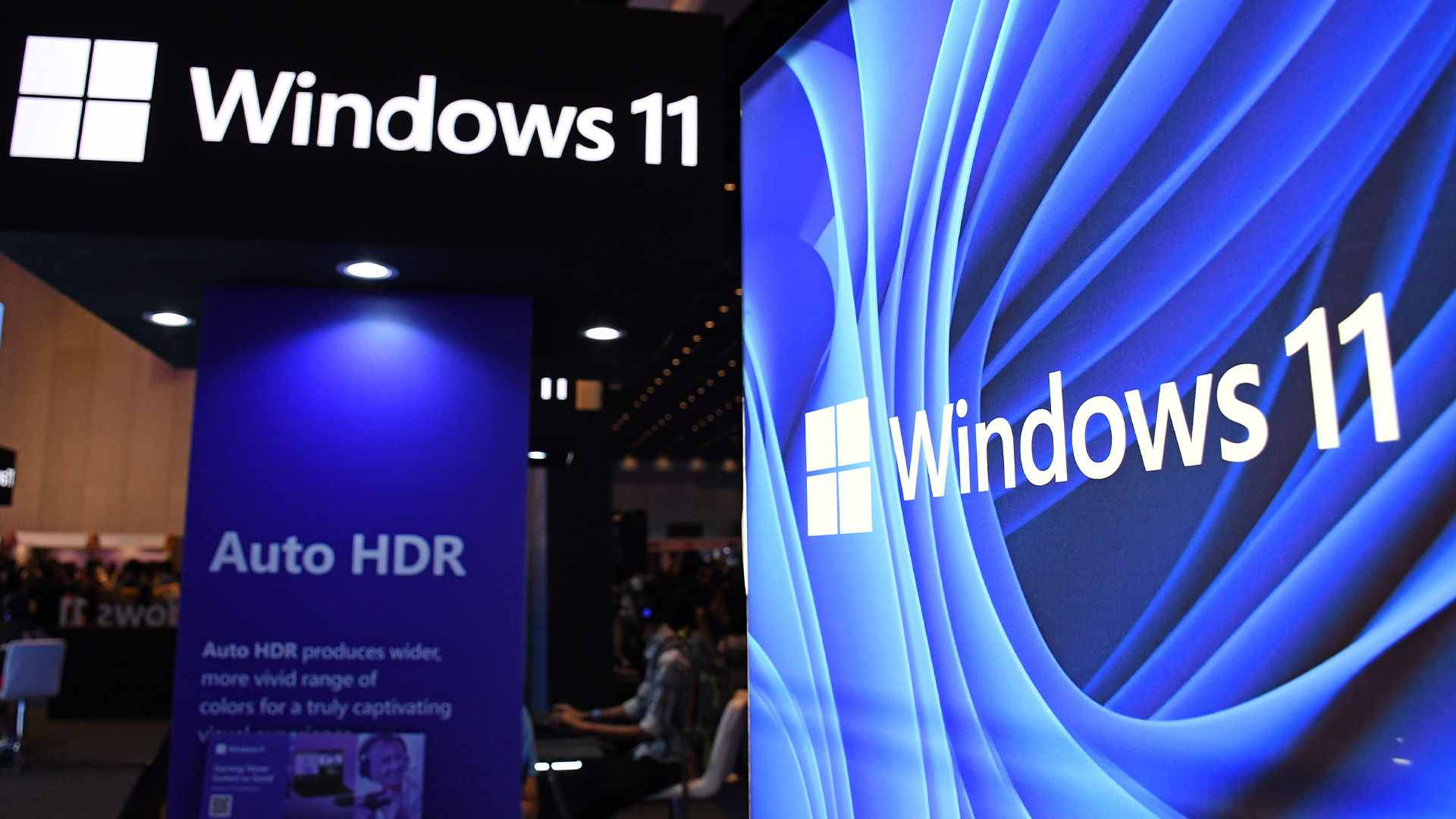 Microsoft issues fix for Windows 11 update that bricked mouse and keyboard controls in recovery environment – here's what you need to know
Microsoft issues fix for Windows 11 update that bricked mouse and keyboard controls in recovery environment – here's what you need to knowNews Yet another Windows 11 update has caused chaos for users
-
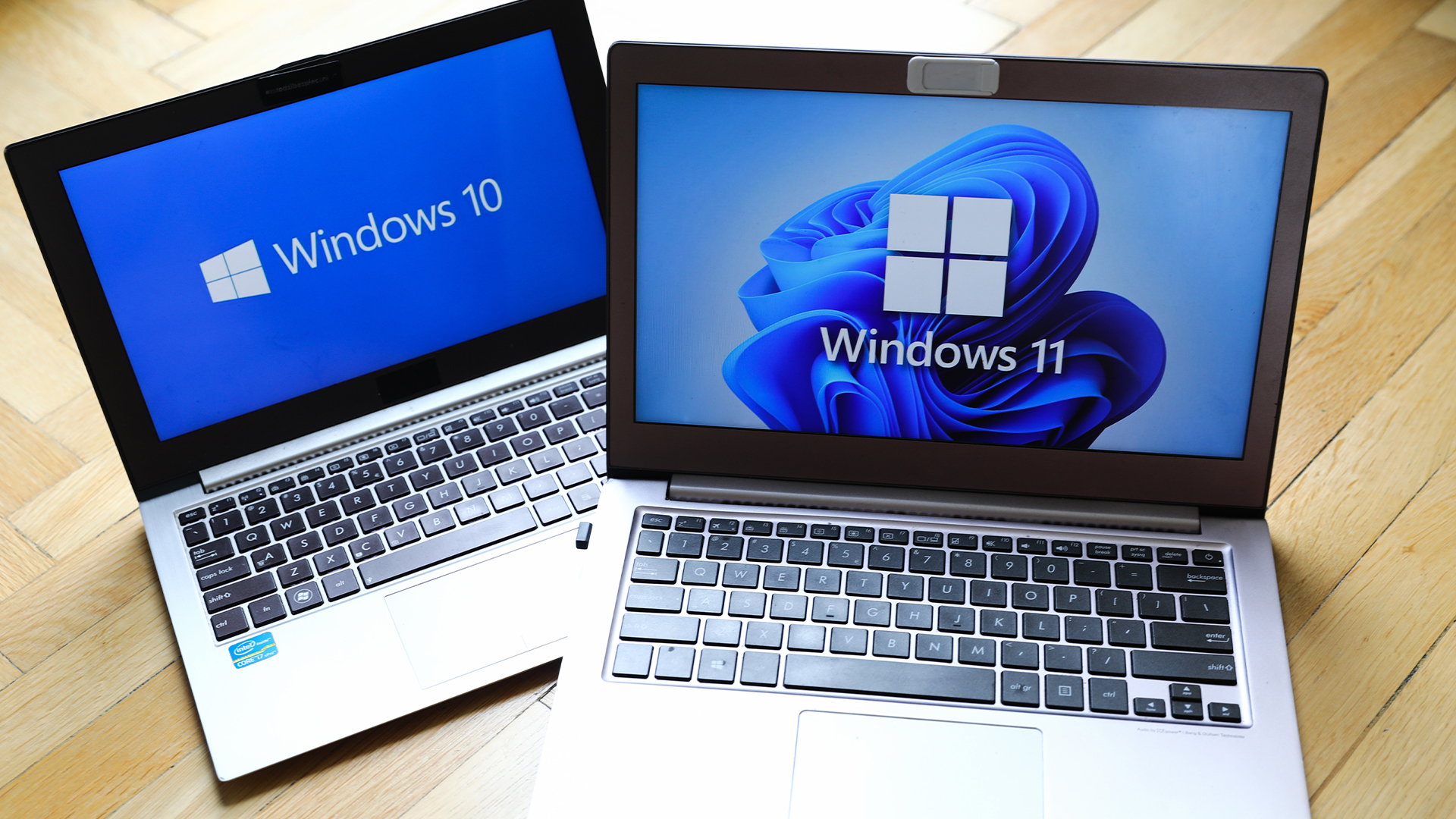 Windows 10 end of life could create a major e-waste problem
Windows 10 end of life could create a major e-waste problemNews The study marks the latest Windows 10 end of life e-waste warning
-
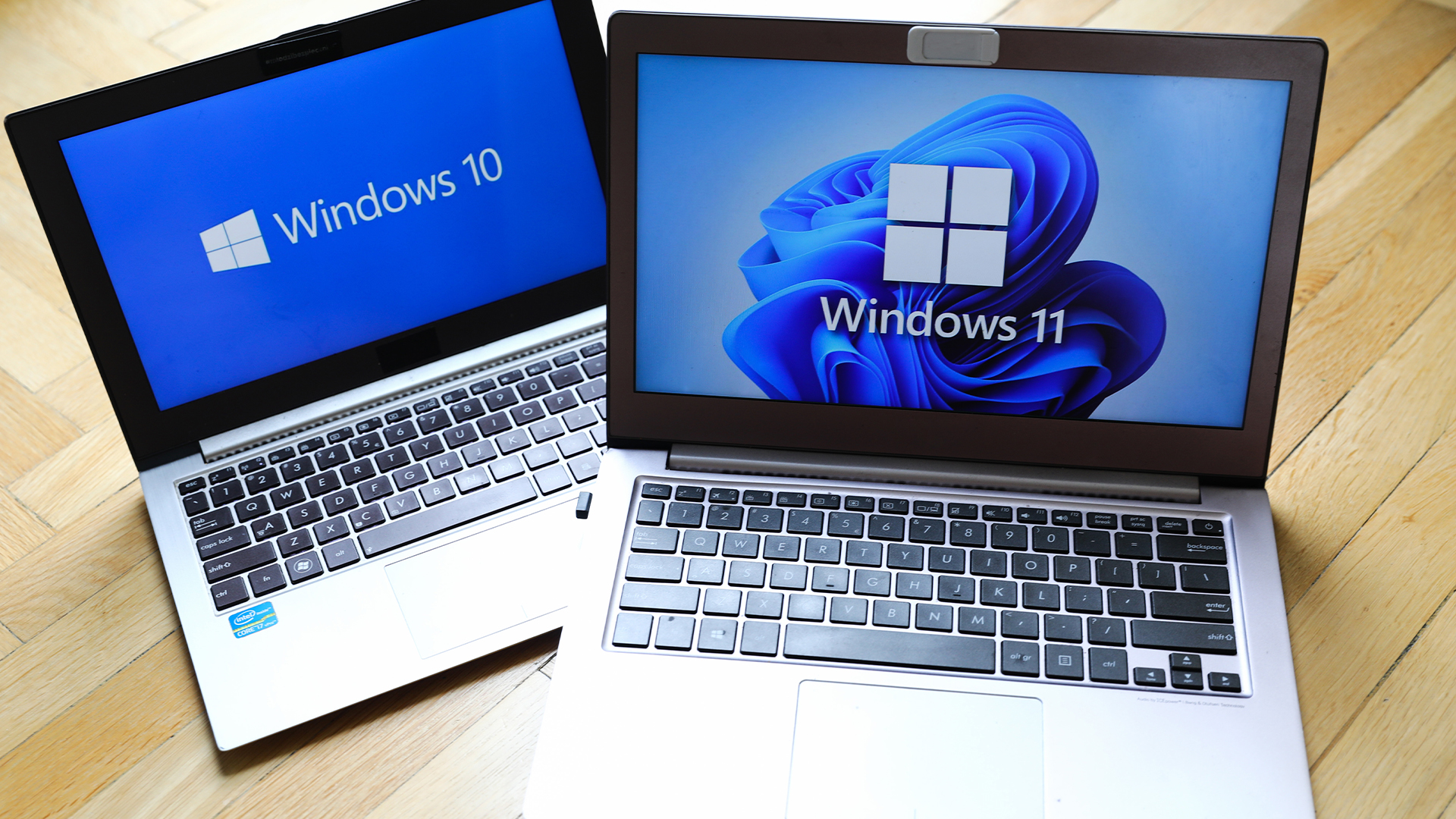 Windows 10 extended support costs could top $7 billion
Windows 10 extended support costs could top $7 billionNews Enterprises sticking with Windows 10 after the October deadline face huge costs
-
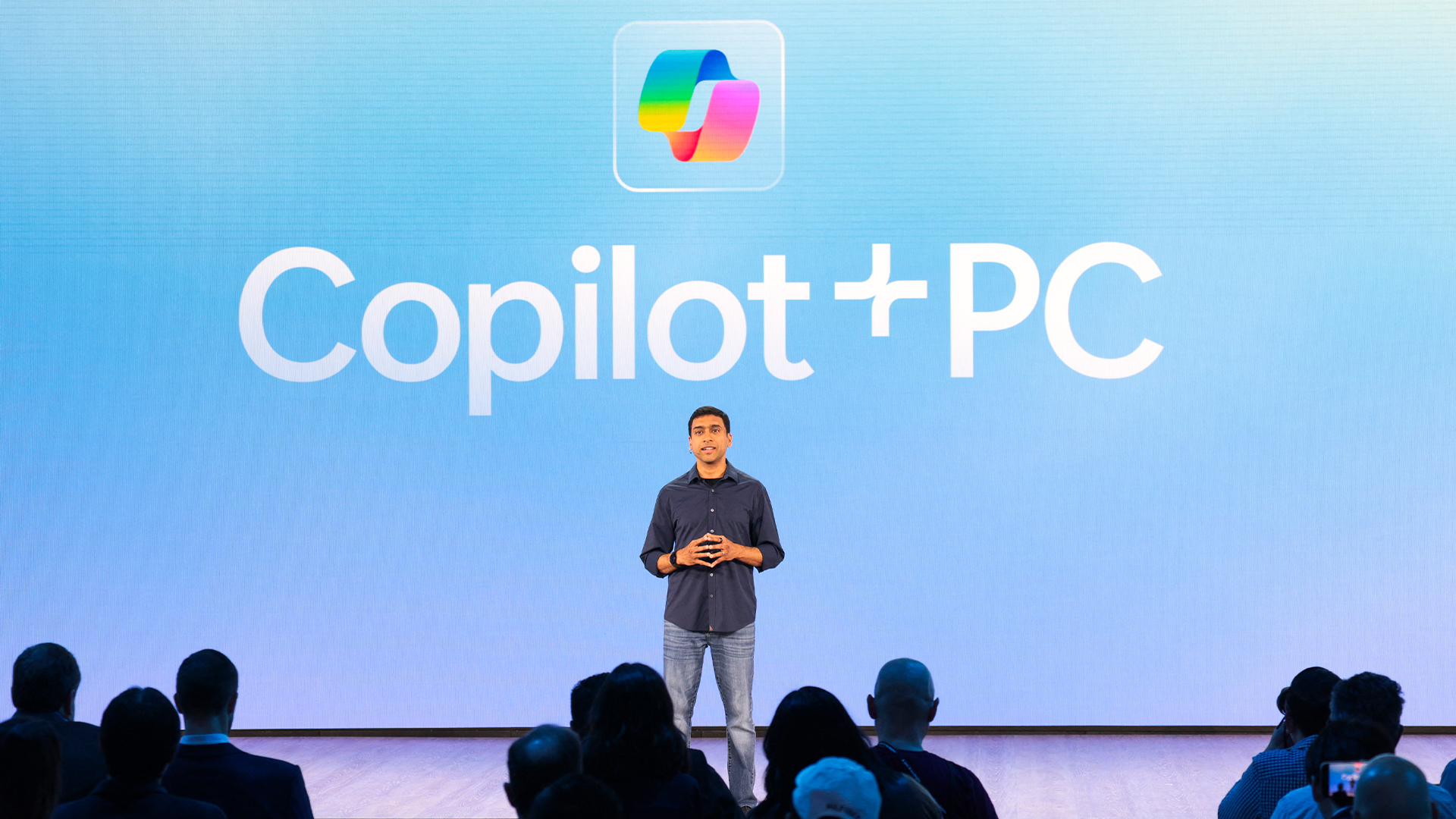 A senior Microsoft exec says future Windows versions will offer more interactive, ‘multimodal’ experiences
A senior Microsoft exec says future Windows versions will offer more interactive, ‘multimodal’ experiencesNews With speculation over a Windows 12 reveal mounting, a senior company figure claims the new operating system will mark a step change for users
-
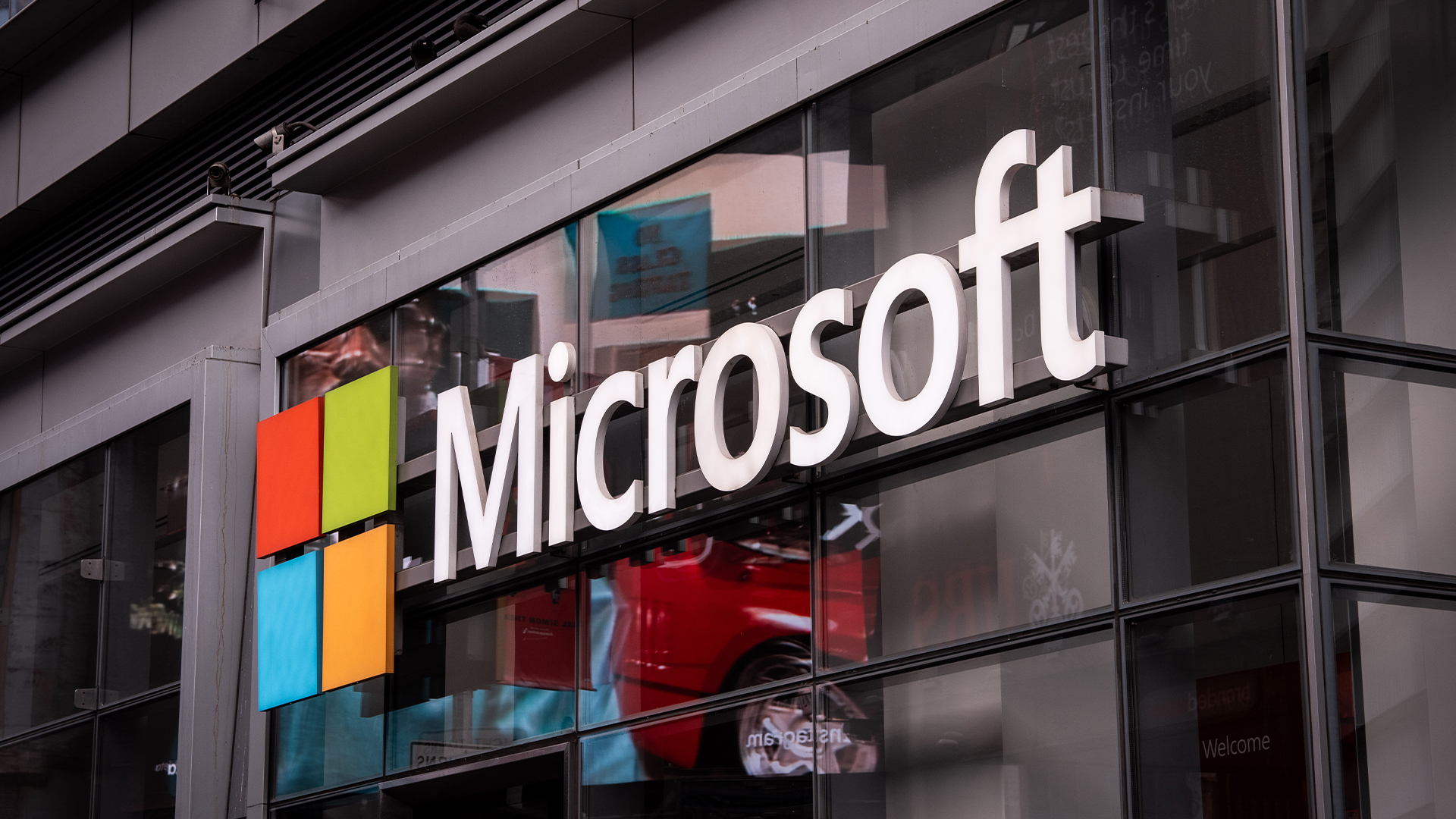 Microsoft’s botched August updates wiped SSDs, now it’s breaking PC resets and recoveries on Windows
Microsoft’s botched August updates wiped SSDs, now it’s breaking PC resets and recoveries on WindowsNews An out-of-band patch has been issued by Microsoft to fix a flaw introduced by its August update
-
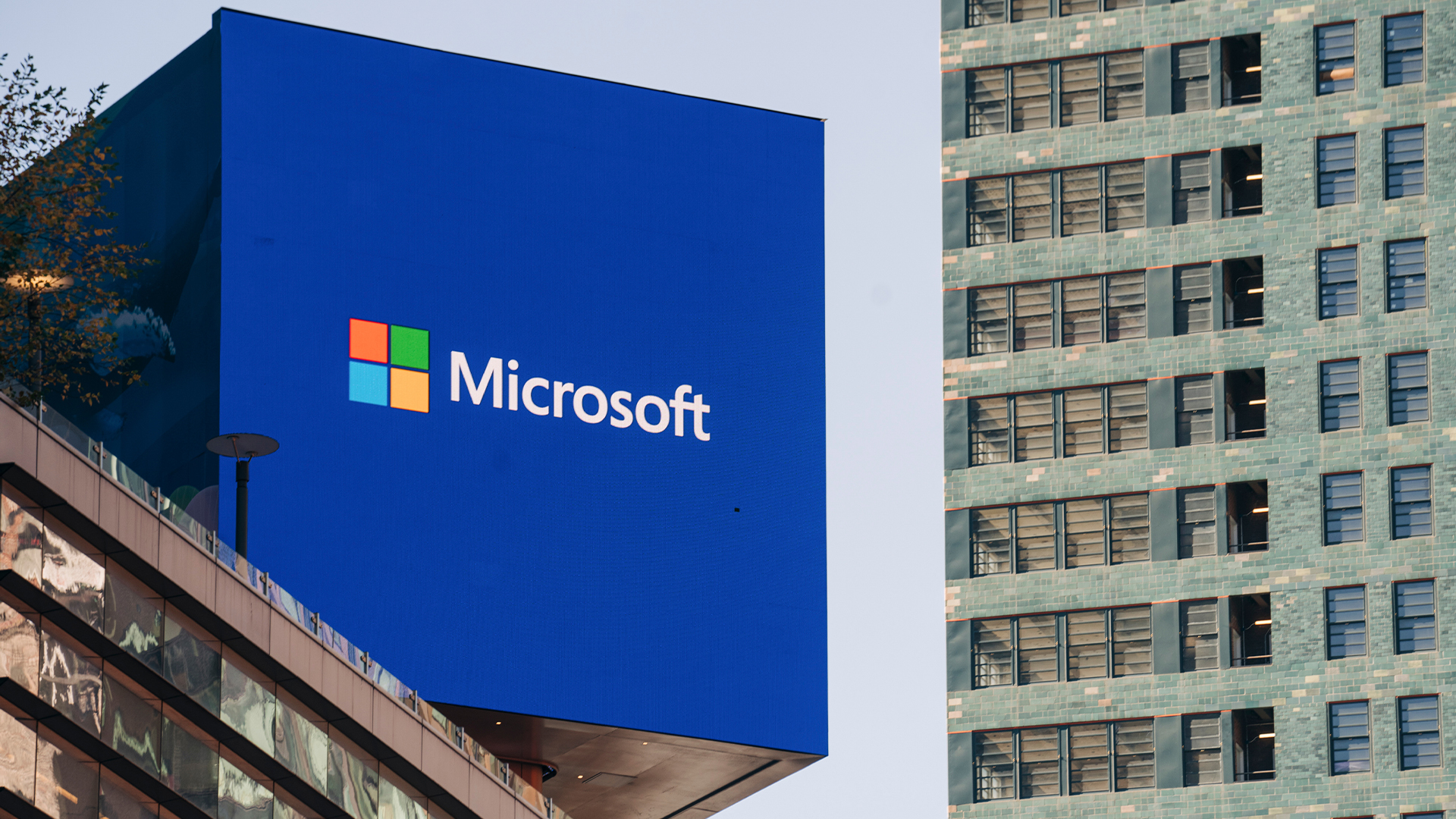 A Windows 11 update bug is breaking SSDs – here’s what you can do to prevent it
A Windows 11 update bug is breaking SSDs – here’s what you can do to prevent itNews Users first began reporting the Windows 11 update bug last week
-
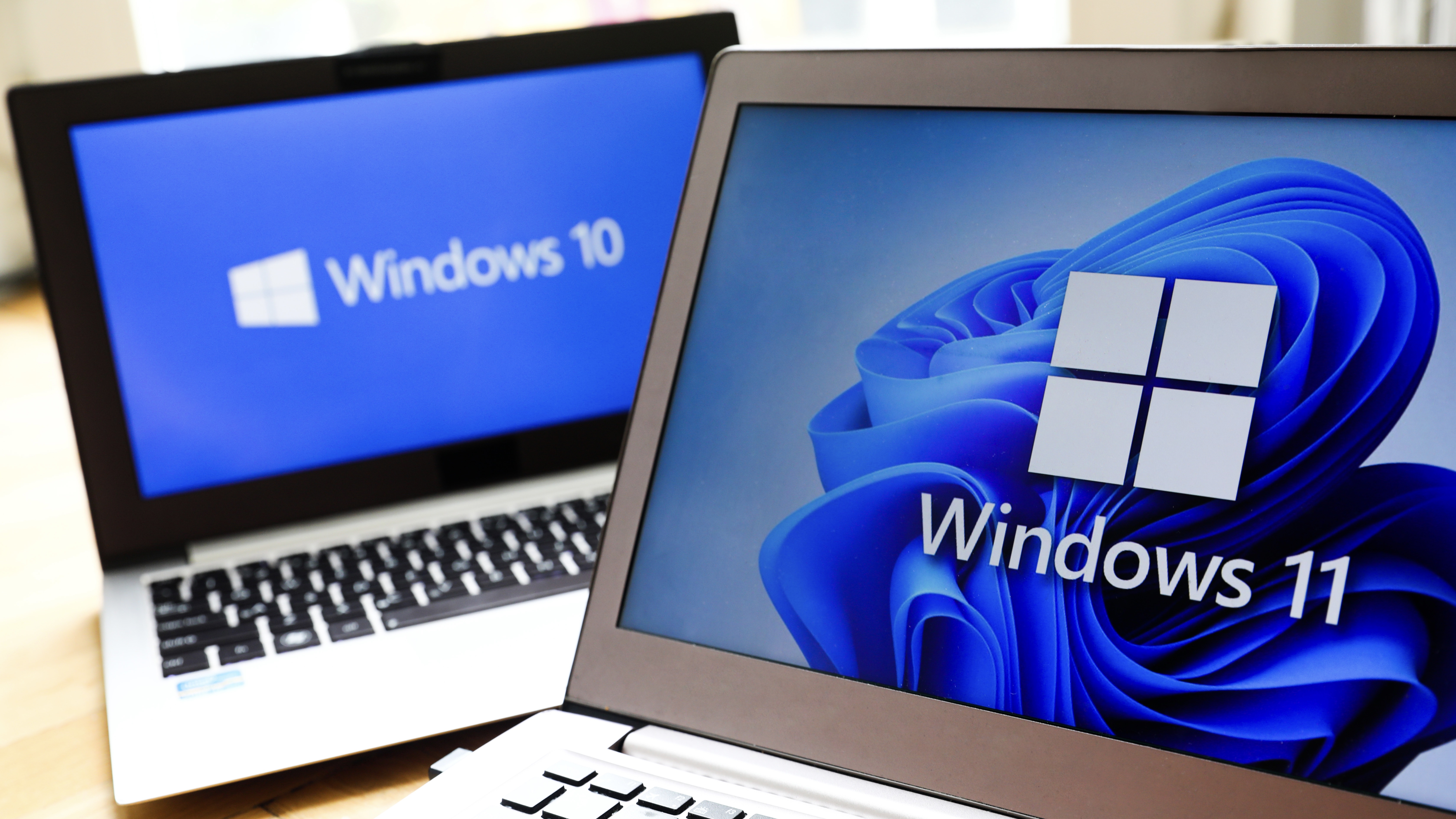 The Windows 11 migration conundrum: What role can the channel play?
The Windows 11 migration conundrum: What role can the channel play?Industry Insights Resellers are instrumental to making the right choice about the next steps...